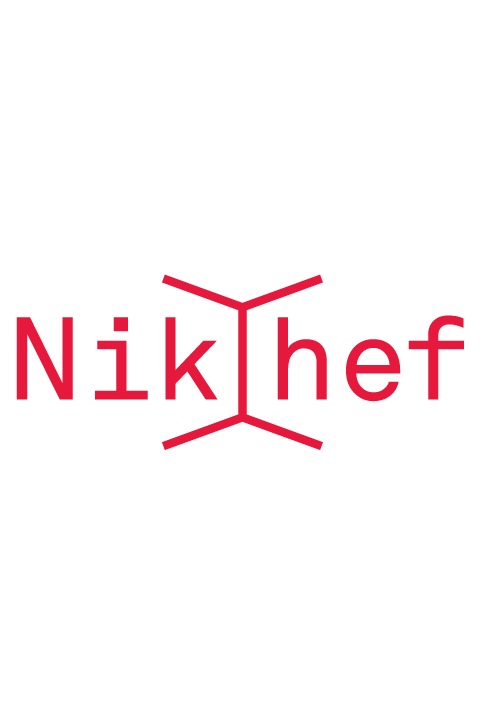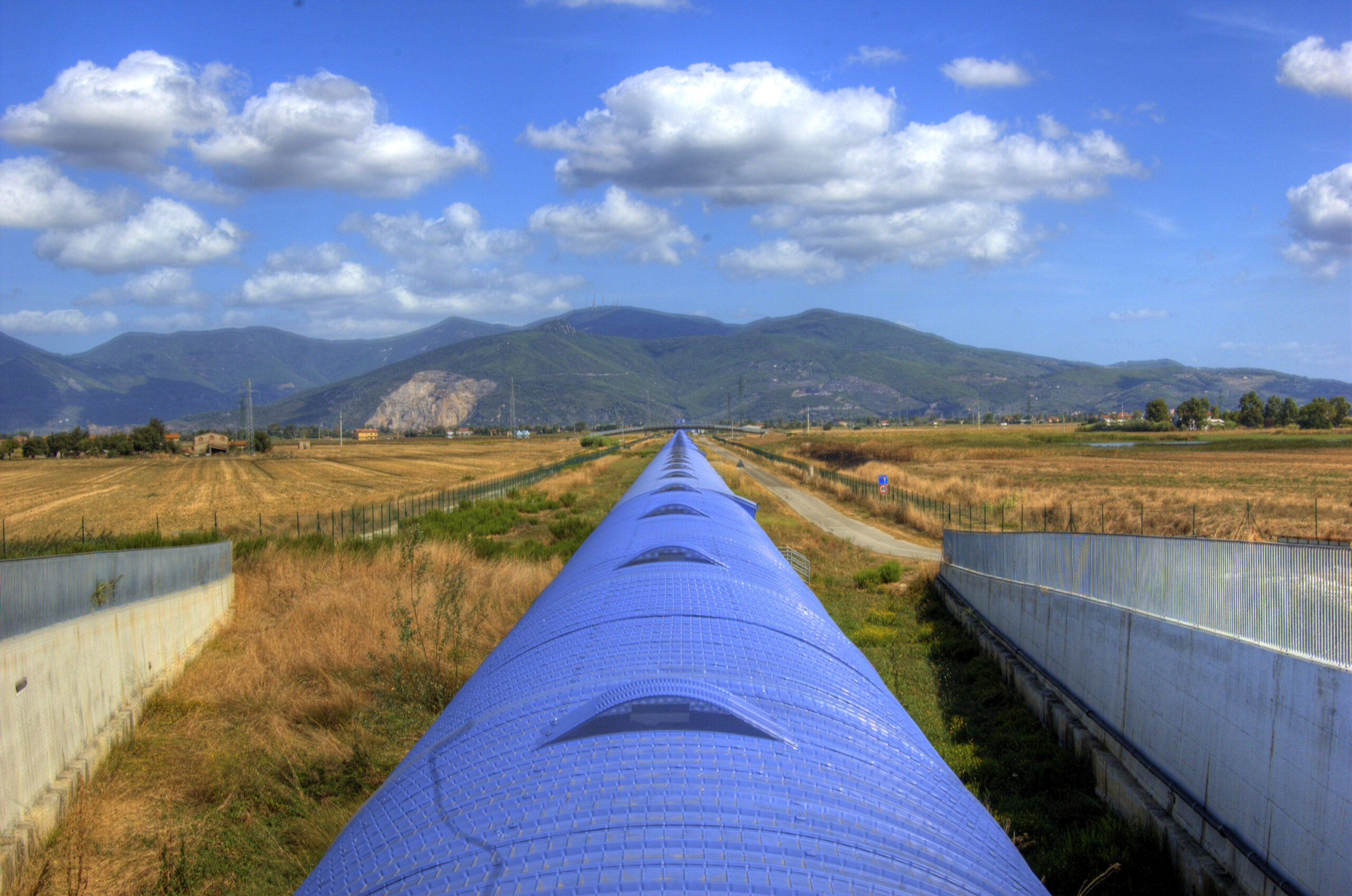This week the LIGO-Virgo-KAGRA (LVK) Collaboration has begun a new observing run with upgraded instruments, new and even more accurate signal models, and more advanced data analysis methods.
The LVK collaboration consists of scientists across the globe who use a network of observatories—LIGO in the United States, Virgo in Europe, and KAGRA in Japan—to search for gravitational waves, or ripples in space-time, generated by colliding black holes and other extreme cosmic events. This observing run, known as O4, promises to take gravitational-wave astronomy to the next level.
O4 started on May 24th and will last 20 months, including up to two months of commissioning breaks. It will be the most sensitive search yet for gravitational waves. LIGO will resume operations on May 24th, while Virgo will join later in the year. KAGRA will join for one month, beginning May 24th, rejoining later in the run after some upgrades.
“Thanks to the work of more than a thousand people around the world over the last few years, we’ll get our deepest glimpse of the gravitational-wave Universe yet,” said Jess McIver, the Deputy Spokesperson for the LIGO Scientific Collaboration (LSC). “A greater reach means we will learn more about black holes and neutron stars and increases the chances we find something new. We’re very excited to see what’s out there.”
The Virgo detector will continue commissioning activities in order to increase its sensitivity before joining O4 later this year. “Over the past few months, we have identified various noise sources and have made good progress in sensitivity, but it is not yet at its design goal,” declared recently elected Virgo spokesperson Gianluca Gemme. “We are convinced that achieving the best detector sensitivity is the best way to maximize its discovery potential.”
KAGRA is now running with the sensitivity planned for the beginning of O4. Jun’ichi Yokoyama, the chair of KAGRA Scientific Congress, says, “KAGRA is the first 2.5th generation detector in the world which started 20 years after LIGO. We will join O4 for one month and resume commissioning to further improve the sensitivity toward our first detection”.
With the detectors’ increased sensitivity O4 will observe a larger fraction of the universe than previous observing runs. The LIGO detectors will begin O4 approximately 30% more sensitive than before. This increased sensitivity will result in a higher rate of observed gravitational-wave signals, resulting in a detection of a merger every 2 or 3 days.
Additionally, the increased sensitivity will increase the ability to extract more physical information (including unique astrophysical and cosmological information) from the data. This increased signal fidelity will improve scientists’ ability to test Einstein’s theory of general relativity and infer the true population of dead stars in the local Universe.
The first gravitational-wave signals were detected in 2015. Two years later, LIGO and Virgo detected a merger of two neutron stars, which caused an explosion called a kilonova, subsequently observed by dozens of telescopes around the world. So far, the global network has detected more than 80 black hole mergers, two probable neutron star mergers, and a few events that were most likely black holes merging with neutron stars.
During O4, researchers expect to observe even more energetic cosmic events and gain new insights into the nature of the universe. As in previous observing runs, alerts about gravitational-wave detection candidates will be distributed publicly during O4.
Information about how to receive and interpret public alerts is available at https://wiki.gw-astronomy.org/OpenLVEM.
(Source: news release LVK collaboration)

